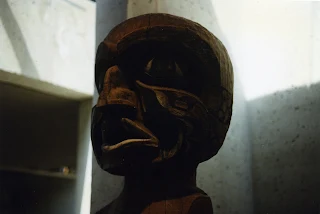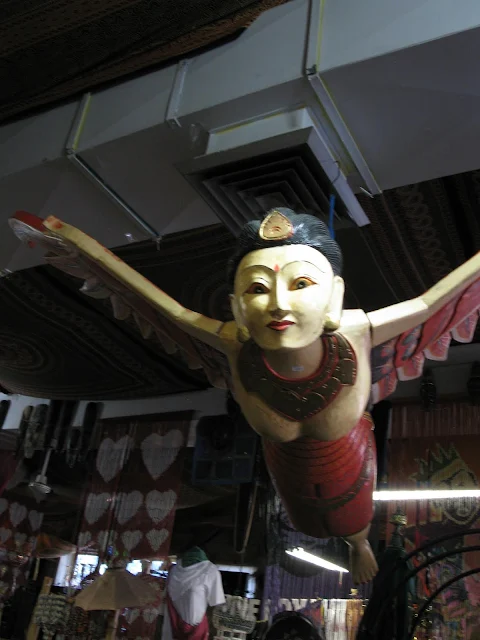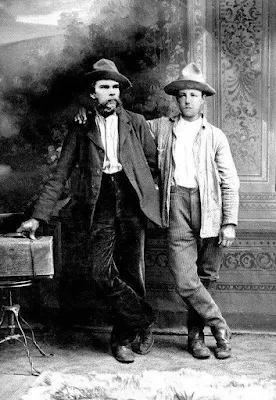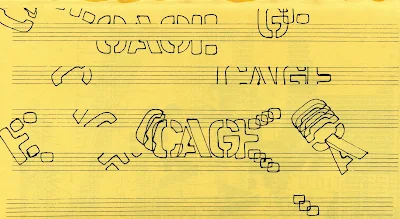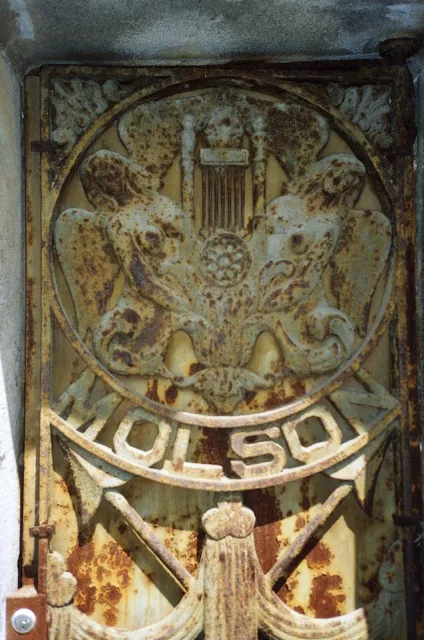(from) Earth Household, by Gary Snyder:
The Shaman-poet is simply the man whose mind reaches easily out into all manners of shapes and other lives, and gives song to dreams. Poets have carried this function forward all through civilized times; poets don’t sing about society, they sing about nature—even if the closest they ever get to nature is their lady’s queynt. Class-structured civilized society is a kind of mass-ego. To transcend the ego is to go beyond society as well. “Beyond” there lies, inwardly, the unconscious. Outwardly, the equivalent of the unconscious is the wilderness: both of these terms meet, one step further on, as one. (122)
Notes made around 1968 from televised lectures by Allan Watts, On Living:
Religious man of hunting cultures is a shaman.
Magic from going alone in the forest.
The priest, Brahman, has a guru; the shaman is alone with
animals & trees, knows rocks are alive.
Watts is a shaman, an Anglican minister “I gave it up.”
Offended at the notion of telling God what he already knows—
that I’m a miserable sinner. No religion or society,
but sympathy for all.
(from) Letters of Arthur Rimbaud:
May 13, 1871: …I want to be a poet… I am working to make myself a visionary…To arrive at the unknown through the disordering of all the senses, that’s the point. The sufferings will be tremendous, but one must be strong, be born a poet: it is in no way my fault.
May 15, 1871: … The first study for a man who wants to be a poet is the knowledge of himself, entire. He searches his soul, he inspects it, he tests it, he learns it. As soon as he knows it, he cultivates it: it seems simple: in very brain a natural development is accomplished; so many egoists proclaim themselves authors; others attribute their intellectual progress to themselves! But the soul has to be made monstrous, that’s the point:… like comprachios, if you like! Imagine a man planting and cultivating warts on his face.
One must, I say, be a visionary, make oneself a visionary.
The Poet makes himself a visionary through a long, a prodigious and rational disordering of all the senses. Every form of love, of suffering, of madness; he searches himself, he consumes all the poisons in him, keeping only their quintessences. Ineffable torture in which he will need all his faith and superhuman strength, the great criminal, the great sickman, the accursed—and the supreme Savant!
…kindly lend a friendly ear and everybody will be charmed…
So, then, the poet is truly a thief of fire.
Humanity is his responsibility, even the animals…
Baudelaire is the first visionary, king of poets, a real God!


